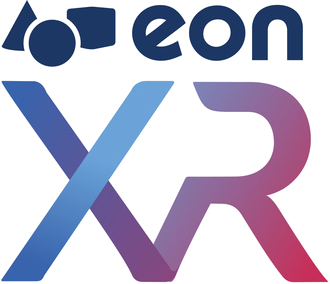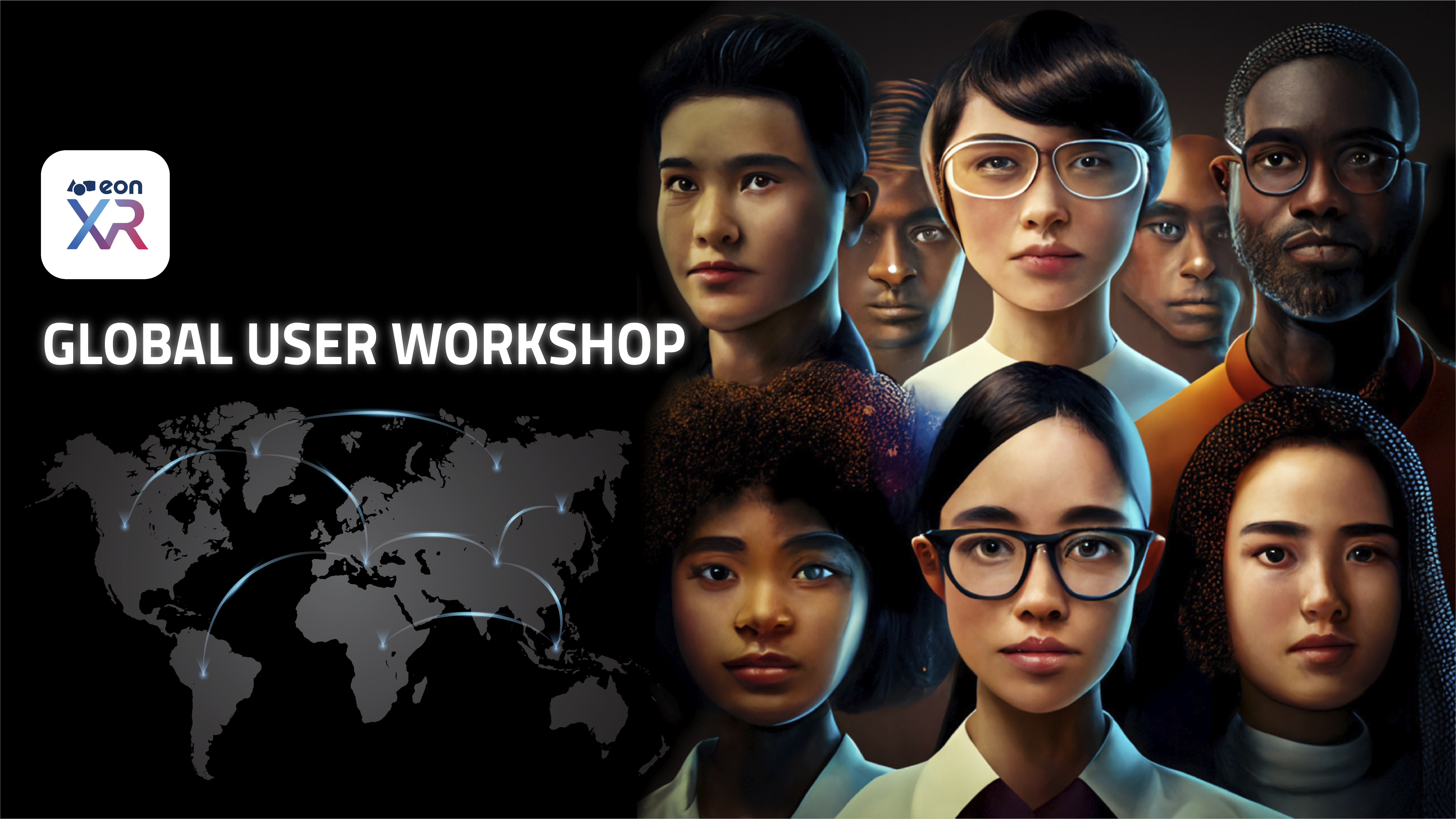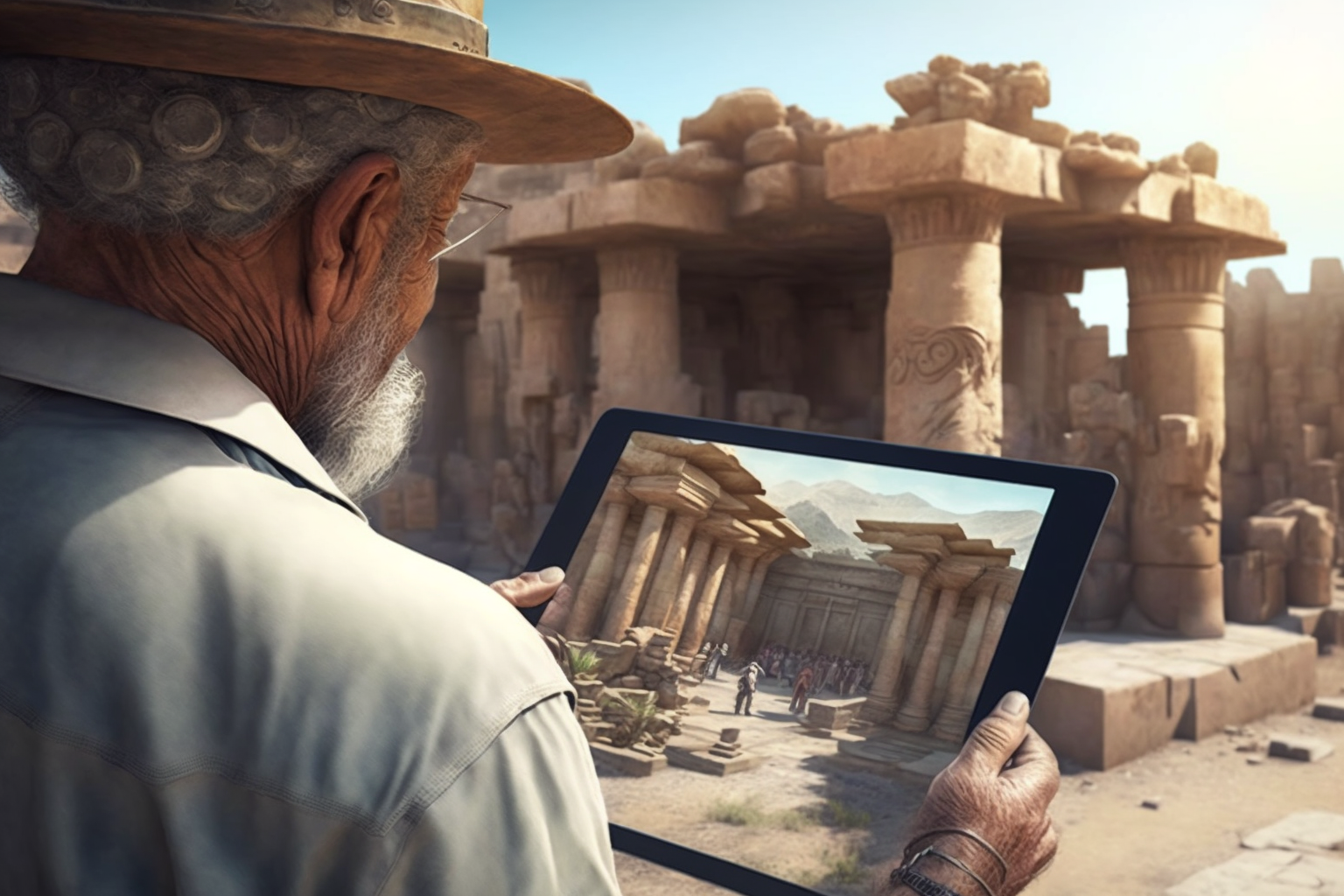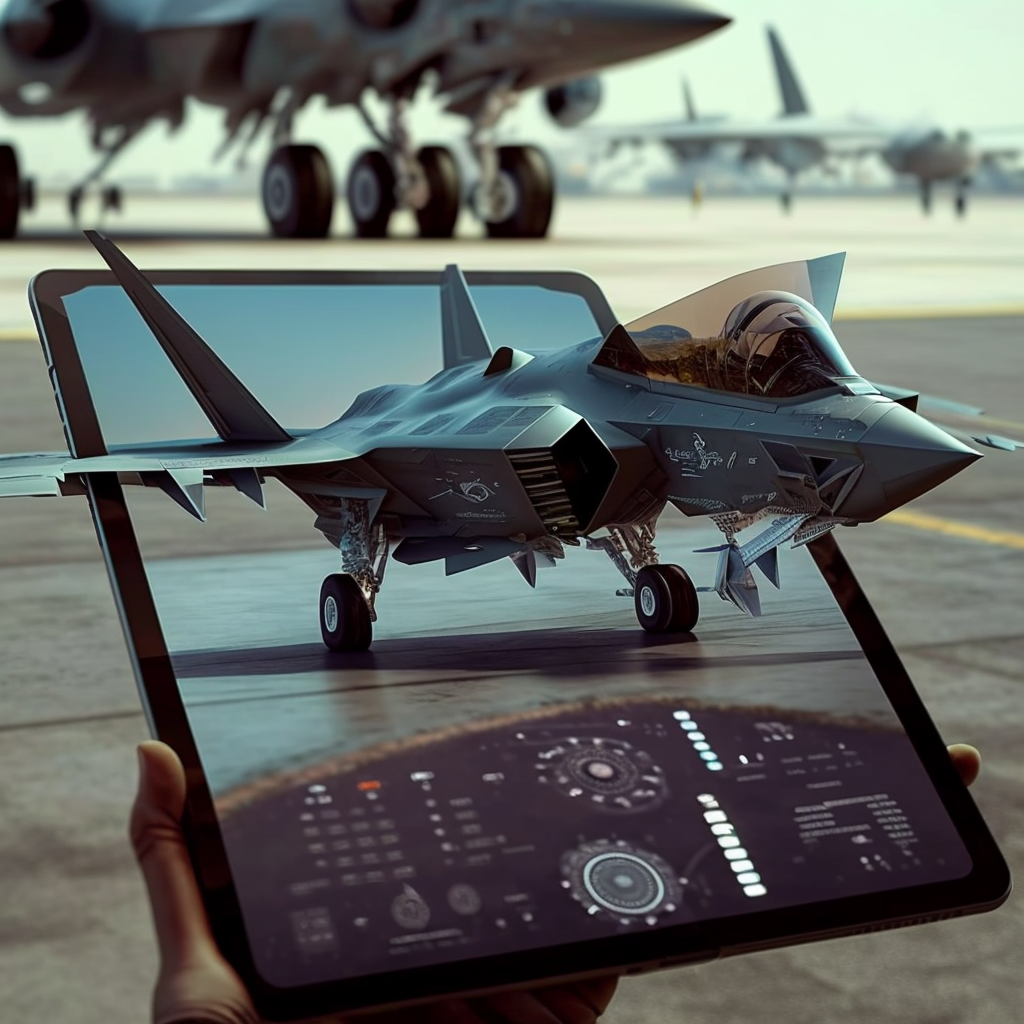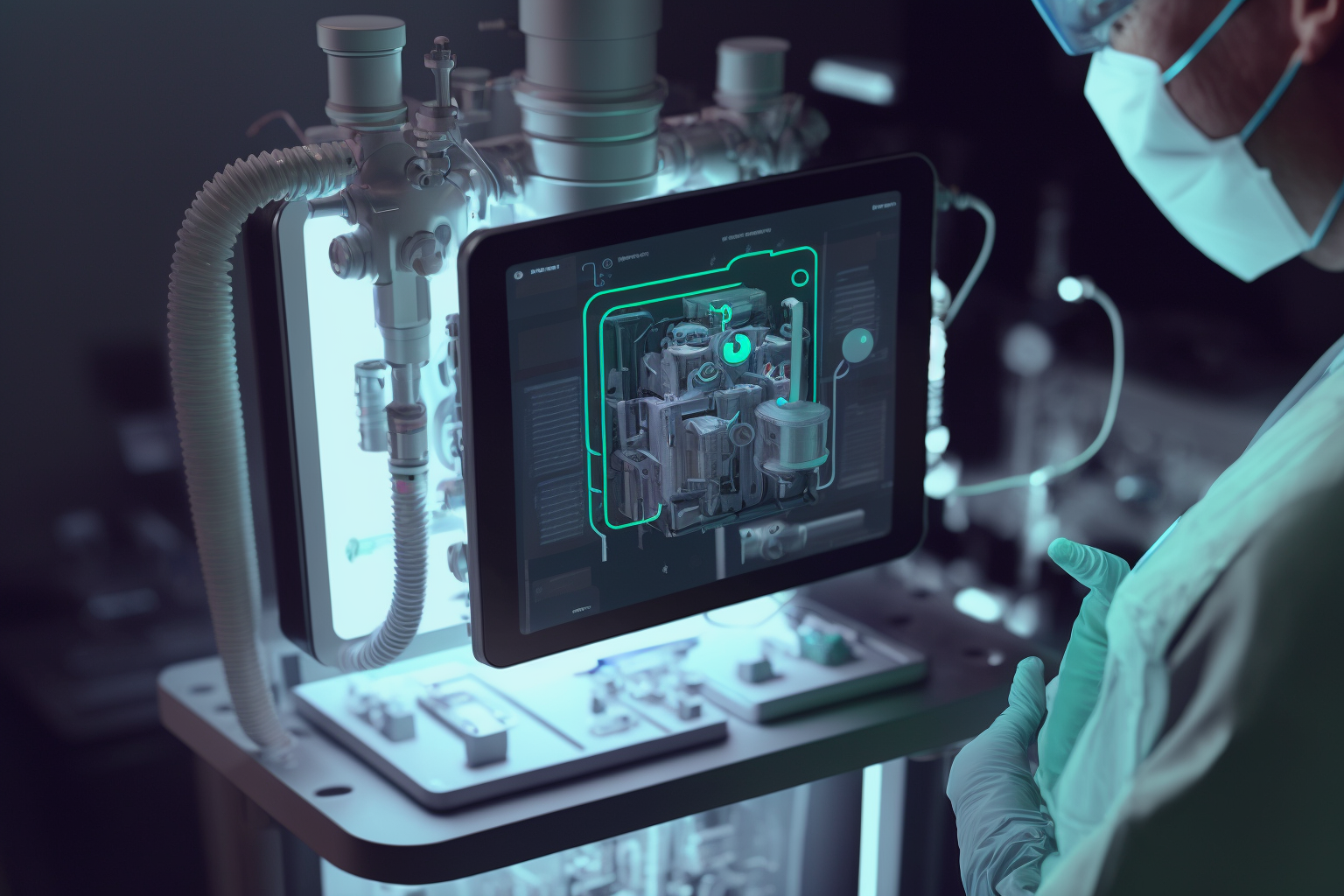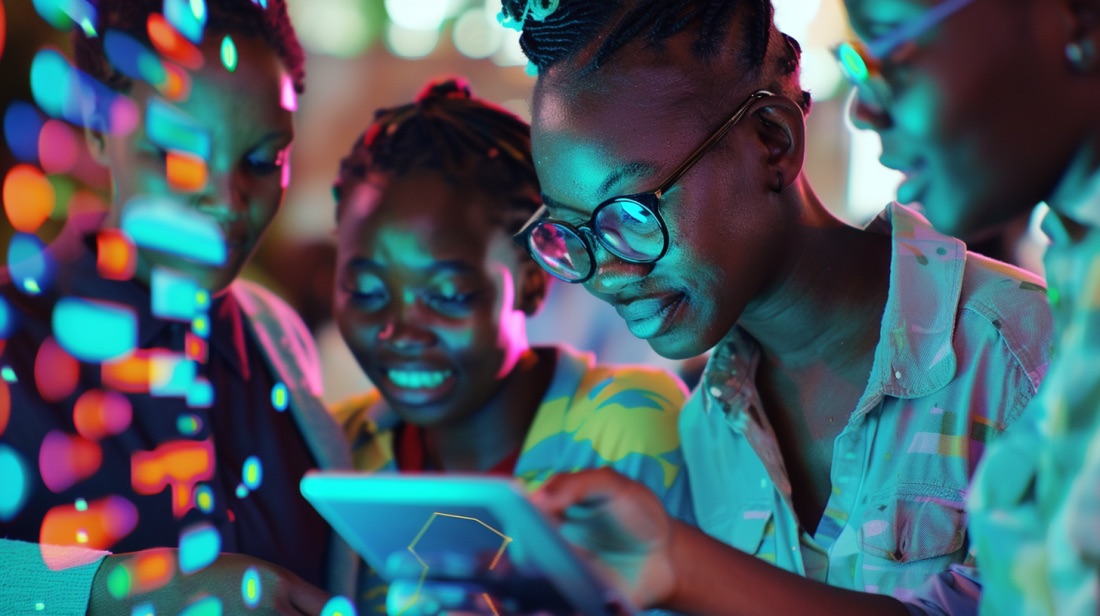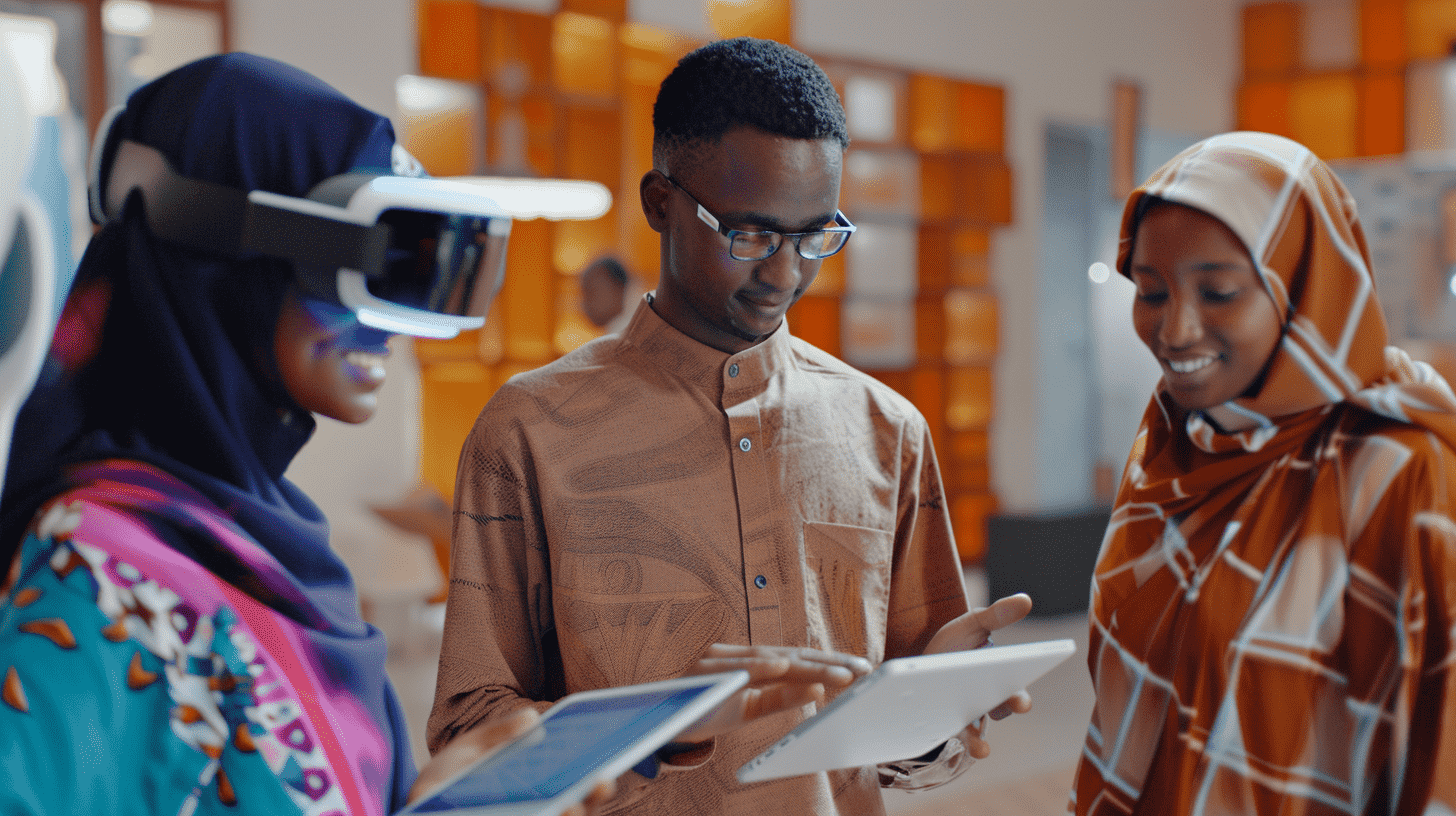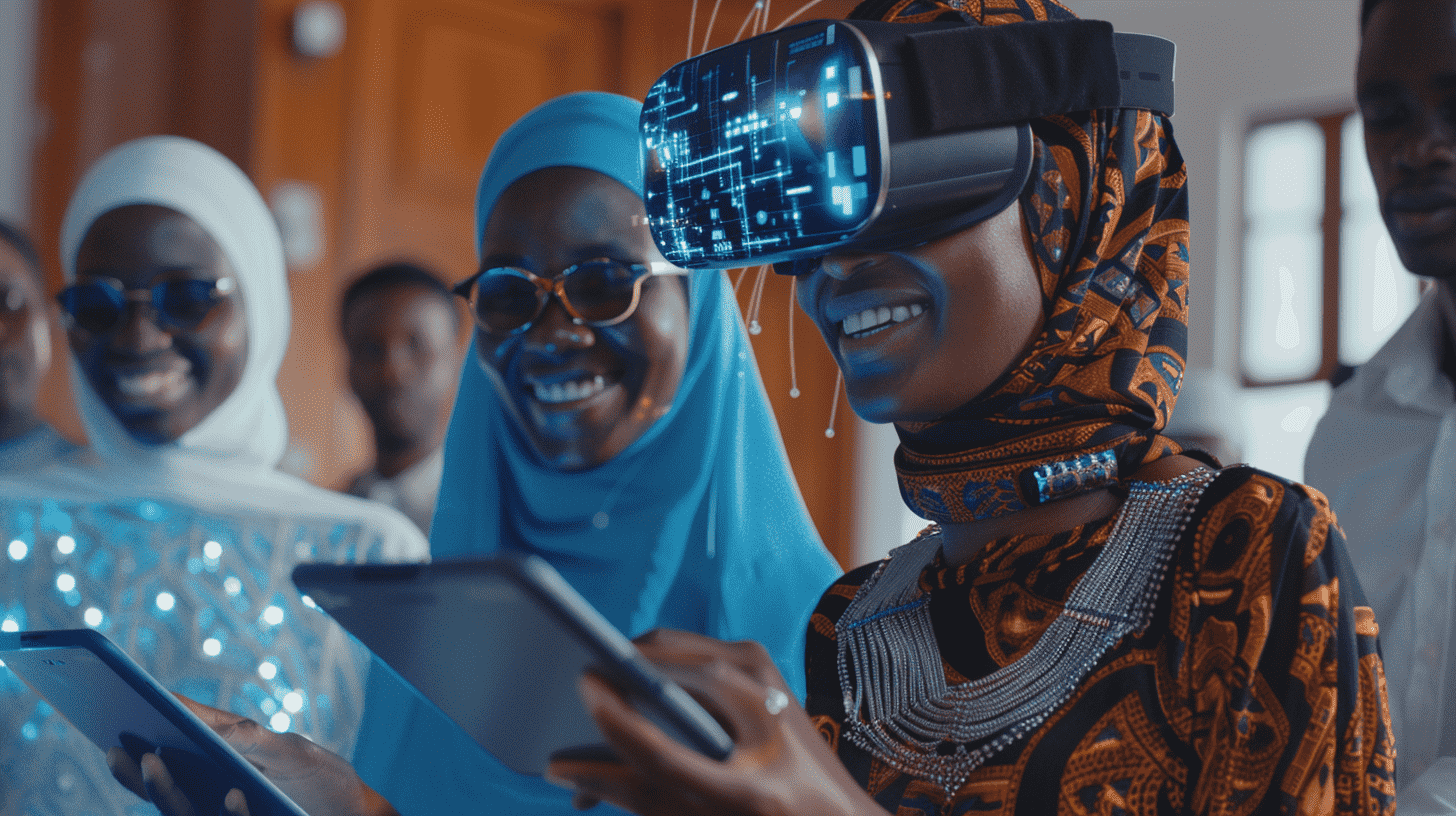As a global leader in practical XR solutions, EON Reality is accustomed to providing in-depth answers to a multitude of questions from partners, clients, and prospective clients alike. Now, in an effort to provide even further transparency alongside the launch of the new weekly XR EdTech Experience series, we’ve sat down with EON Reality Chairman and Founder Dan Lejerskar to answer some of the most frequently asked questions about the XR industry and beyond as he prepares to discuss the topics with the guests on the XR EdTech Experience.
Question: How are today’s students different compared to students from the past?
Answer: Well, statistics show that today’s students are more social, are more likely to multitask, and have shorter attention spans, so I think many long-term teachers need to adjust their teaching methodology for them. As John Dewey once said, “If we teach today’s students as we taught yesterday’s, we rob them of tomorrow.”
Question: What can we do to best prepare today’s students for the careers of the future?
Answer: In my mind, I believe that future jobs and careers will still require many of the same skills as they do currently. While simple tasks and manual labor may be able to be automated, problem solving, critical thinking, and interpersonal collaboration will always be an important part of many careers regardless of industry. Thus, I believe we would be doing a disservice to students by not increasing their capabilities in those fields.
Question: How has XR development evolved over the last two decades?
Answer: As someone who’s been involved with real-time simulation software for 36 years and virtual and augmented reality for the last 22 years — particularly as it applies to knowledge transfer — I’ve seen a tremendous amount of change. Until about three years ago, XR was largely still an expensive and niche market due to logistical and technological constraints. Now, the capabilities of mobile and standalone XR headsets have become the standard, and the industry is in the midst of a revolution.
Question: What were the key challenges facing the XR industry until the recent boom?
Answer: Even just a few years ago, the financial and spatial commitments for launching a successful XR program were simply unrealistic for many institutions that were interested in the technology. Hardware was expensive and could require a permanent setup filling an entire room, and there simply wasn’t enough content to make the commitment worth it for anyone but the largest organizations. Additionally, there was no easy way to create more content without hiring an expensive specialized company, which meant that scaling a smaller solution up to a bigger audience was an extremely costly proposition.
Question: How has the COVID-19 pandemic affected the XR industry?
Answer: Well, in addition to many developers, artists, and other XR employees working remotely — just like many other industries — we’ve seen a huge increase in demand for remote learning and training solutions utilizing XR technology. Teachers, trainers, and students alike quickly discovered that videos and conference calls weren’t providing a comprehensive academic experience. Zoom fatigue began to set in mere weeks into the pandemic, and instructors searched for more engaging and interactive solutions. That’s where XR comes into play, as it can provide the “hands-on” aspect that was so badly missing in many remote classrooms and training sessions.
Question: What benefits and advantages does XR provide over traditional learning methods?
Answer: As a whole, studies have shown that students are four times more focused and efficient in their learning when using XR than with conventional methods, and they also see a 275% increase in confidence when applying the learned skills and a 375% increase in their emotional connection to the content. Anecdotally, we have seen that EON-XR helps virtually all of its users to learn faster, retain information longer, and make better decisions with that information.
Question: How is EON Reality expanding the XR industry during and after the pandemic?
Answer: As soon as the severity of the pandemic became apparent, we launched both a “freemium” limited version of EON-XR as well as the Global Emergency Initiative to help as many people get their hands on our technology as possible. Since then, we have developed a new program for schools and organizations of all sizes to bring the full power of EON-XR to as many as 5,000 students without any large financial or logistical commitments. Plus, it allows larger universities to scale up to a campus-wide rollout that includes access to our code-free content creation tools, industry-leading XR library, and more across a multitude of devices.
Question: What steps should an organization take if interested in launching an XR program?
Answer: I think one of the most important and overlooked things is conducting a careful Needs Assessment Analysis. It’s typically the first thing we do with new partners for EON Reality, because many institutions know they want to utilize the technology, but don’t know what they need it for. That’s typically also when we show them the resources we can provide in the EON-XR Resource Center and teach them about self-directed learning. Of course, it’s also important for them to understand the technical side of things, like how XR can integrate into their existing LMS and curriculum guidelines.
Question: Which aspects of EON-XR have partners found to be the most useful in the past?
Answer: Based on the numerous use cases we’ve seen from existing partners, the main thing that stands out about EON-XR is just how easy it is to use for students and teachers alike. It doesn’t require any programming knowledge or previous experience with the technology, so everyone can get right to creating lessons as long as they know the basics of using a computer, smartphone, or tablet — particularly if they’re using the asset library and content creation features like the 3D recording tool. The other aspect of it is that I know a lot of people are big fans of how flexible the software is, as it allows you to switch between AR, VR, and mobile formats with the press of a button, and it works on more than 30 devices. For more advanced features, I think things like having life-sized AR exploration, multi-user sessions, and sophisticated assessment tools really round out the full experience for users who want to get the most out of the software.
Question: How can XR help employers and employees when they’re actively on the job?
Answer: That’s where AR can truly play the biggest role, in my opinion. We’ve already seen how augmented reality in EON-XR and beyond can provide everything from a “digital twin” that lets workers see a full-size, step-by-step 3D visual of how to repair, replace, or carry out a complex procedure on an object in real time to “remote expert assistance,” which allows a supervisor or expert to actually see through the AR glasses of the employee to monitor and walk them through tasks with both audio and visual cues. Plus, workers would be able to have any required information available to them within their natural field of view via either the internet or a company’s internal server. This was effectively the idea behind an offering like Google Glass, however it’s still only in the stage of being adopted by one business at a time.
Question: Which industries and academic departments have you seen benefit the most from adding XR solutions?
Answer: Personally, I believe that nearly any industry or department could benefit from XR technology. But to answer the question, EON Reality currently focuses primarily on the Transportation, Education, Energy, Medical, Manufacturing, Industrial, Defense, and Aerospace industries. As far as academia goes, I wouldn’t even be able to list all of the topics covered through EON-XR. I can say that some of our top departments are various types of engineering and infrastructure, high-level technology, medical subjects, and very hands-on programs like agriculture, sports science, and hospitality.
Question: How do you think the XR industry will continue to develop in a post-pandemic world?
Answer: I think the massive increase in XR adoption that we saw during the pandemic will continue. I can only use EON-XR’s numbers to provide an example, but we saw an 819% increase in users during the pandemic, and a 353% increase in XR assets created with more than 664,000 licenses sold across 70 countries in that time. When that many people have realized what XR can bring to the table, the genie is out of the bottle. People now see how XR can help make learning and training more efficient while reducing costs, and it makes the logistical limitations of physically traveling and scheduling classes together a thing of the past. Governments and massive tech companies all over the world are throwing a ton of money at figuring out how to futureproof our classrooms — particularly in the event of another pandemic or similar global disaster — and it’s no coincidence that everyone from Facebook to Microsoft to Apple all believe that XR is the way to do that.
Question: In the long run, how do you think XR technology will play into the practical growth of other advanced technologies like AI and automation?
Answer: This is a tricky one, but I believe that XR technology can help to improve the efficiency of people’s everyday lives. As more and more simple jobs and tasks are automated and replaced, your average worker will need to reach new heights to have a successful and meaningful career. While some believe that neural links connecting our brains to the internet could be the answer to that, I find XR technology to provide many of the same benefits without the potentially life-changing and scary prospect of implanting a computer chip in our brains. As much as XR can augment reality, it can also help us to break the limits of what we thought possible by providing us with that immediate link to the collective knowledge of human history.



